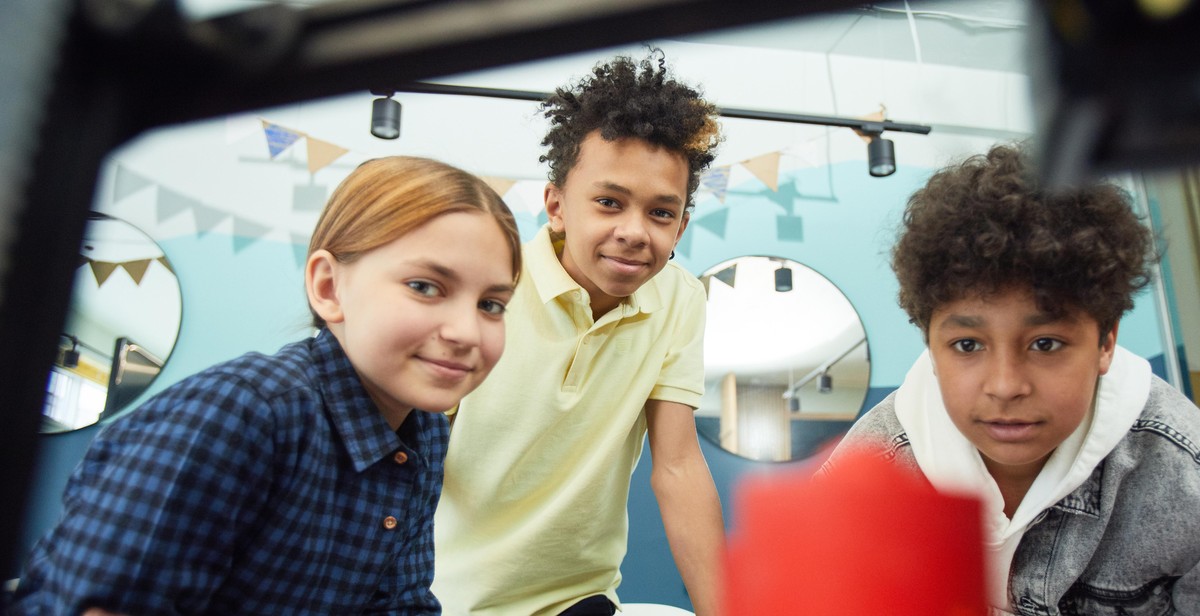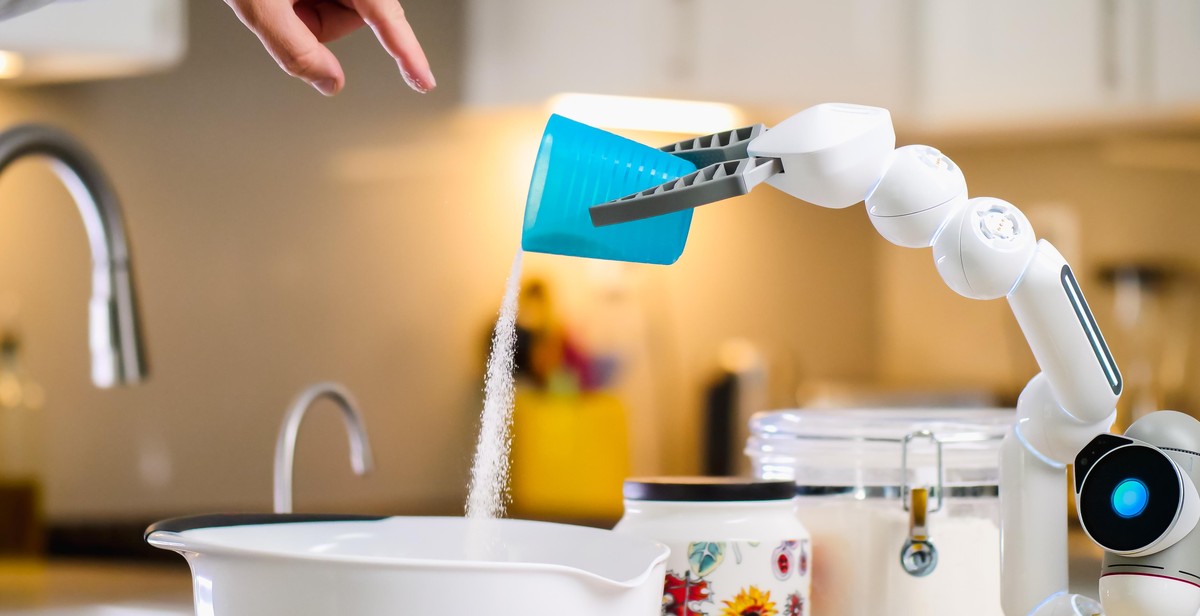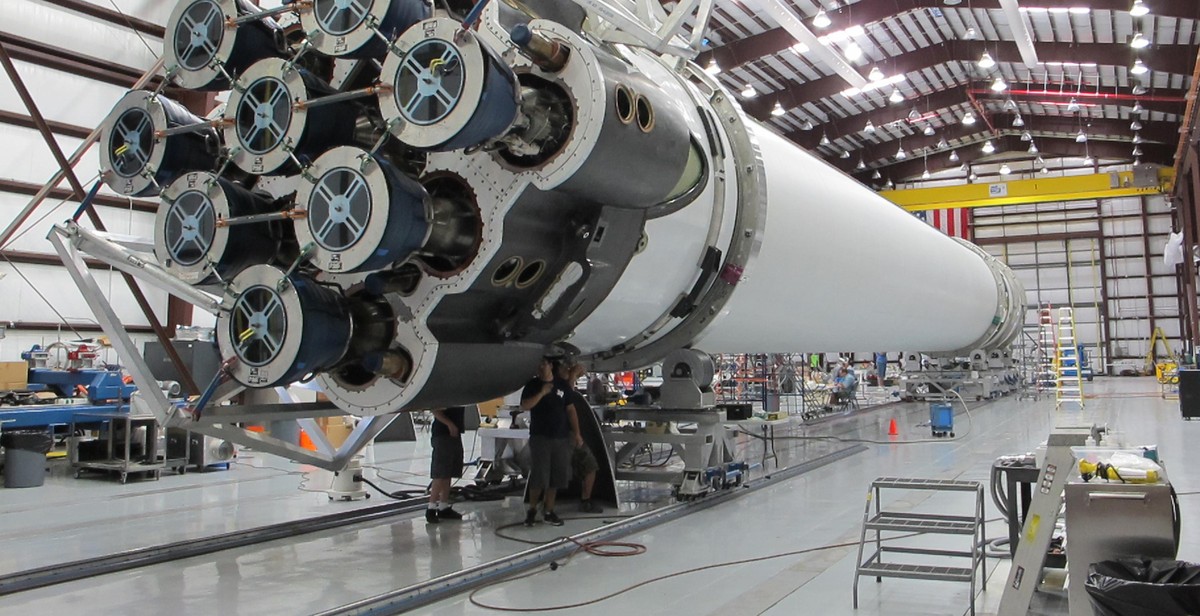Introduction: Machine Learning and its Impact on Bot Development
Machine Learning (ML) is a subset of Artificial Intelligence (AI) that enables systems to learn and improve from experience without being explicitly programmed. It is a revolutionary technology that has the potential to transform various industries, including bot development.
Bot development is the process of creating software applications, known as bots, that can perform automated tasks. These bots can be programmed to perform various tasks, such as customer service, sales, and marketing. With the advancements in ML, bots can now learn from data and improve their performance over time, making them more efficient and effective.
What is Machine Learning?
Machine Learning is a technique that involves training algorithms on large datasets to learn patterns and make predictions. It is based on the idea that machines can learn from data, identify patterns, and make decisions without human intervention. ML algorithms can be supervised, unsupervised, or semi-supervised, depending on the type of data and the desired outcome.
The use of ML in bot development has revolutionized the industry, allowing developers to create bots that can improve their performance over time. By analyzing user data, bots can learn from their interactions and adapt to provide better service. This has led to the development of intelligent bots that can provide personalized experiences to users, improving customer satisfaction and loyalty.
In this article, we will explore the impact of ML on bot development and its potential to transform the way we interact with bots.

The Relationship between Machine Learning and Bot Development
Machine learning and bot development are two technologies that have seen a rapid growth in recent years. Machine learning is a subset of artificial intelligence that involves training machines to learn from data and improve their performance over time. Bot development, on the other hand, involves creating software applications that can interact with users in a conversational manner using natural language processing (NLP) and other techniques.
How Machine Learning is Used in Bot Development
Machine learning has become an essential component of bot development, enabling bots to become more intelligent and personalized in their interactions with users. Some of the ways in which machine learning is used in bot development include:
- Intent recognition: Machine learning algorithms can be trained to recognize the intent behind a user’s message, enabling bots to provide more accurate and relevant responses.
- Contextual understanding: Machine learning can help bots understand the context of a conversation, enabling them to provide more personalized responses based on the user’s preferences and history.
- Personalization: Machine learning can be used to personalize the user experience by learning from the user’s behavior and preferences over time, enabling bots to provide tailored recommendations and suggestions.
By incorporating machine learning into bot development, developers can create bots that are more intelligent, personalized, and capable of providing a better user experience.
Benefits of Using Machine Learning in Bot Development
Using machine learning in bot development can provide several benefits, including:
- Improved accuracy: Machine learning algorithms can improve the accuracy of bot responses by recognizing patterns in user behavior and providing more relevant responses.
- Increased efficiency: Machine learning can help bots automate repetitive tasks and handle more complex interactions, enabling them to handle a larger volume of requests with less human intervention.
- Personalized experience: Machine learning can enable bots to provide a personalized experience for each user based on their preferences and history, improving user satisfaction and engagement.
Overall, the use of machine learning in bot development has the potential to revolutionize the way we interact with technology, enabling us to have more natural and personalized conversations with bots that are capable of learning and improving over time.

Challenges of Implementing Machine Learning in Bot Development
Machine learning has revolutionized the way bots are developed and used in various industries. However, the implementation of machine learning in bot development comes with its own set of challenges. In this section, we will discuss the major challenges faced by bot builders and software architects when implementing machine learning in bot development.
Lack of Quality Data
One of the major challenges faced by bot builders when implementing machine learning in bot development is the lack of quality data. Machine learning algorithms require a large amount of data to learn and make accurate predictions. If the data used to train the machine learning model is of poor quality, the accuracy of the predictions will be compromised.
Collecting and cleaning data is a time-consuming process, and it requires a significant amount of resources. Moreover, the data collected may not always be relevant or useful for the bot’s intended purpose. Therefore, it is important to ensure that the data used to train the machine learning model is of high quality and relevant to the bot’s intended purpose.
Complexity of Machine Learning Algorithms
The complexity of machine learning algorithms is another challenge faced by bot builders when implementing machine learning in bot development. Machine learning algorithms are complex and require a deep understanding of statistical modeling and programming. Moreover, the performance of machine learning algorithms depends on the accuracy of the data used to train them.
Therefore, bot builders need to have a deep understanding of machine learning algorithms and the ability to select the appropriate algorithm for the bot’s intended purpose. Additionally, they need to have the skills and expertise to tune the machine learning model to achieve the desired level of accuracy.
Integration with Existing Systems
Integrating machine learning with existing systems is another challenge faced by bot builders when implementing machine learning in bot development. Most organizations have existing systems that are used to store and manage data. Integrating machine learning with these systems requires a deep understanding of the existing systems and the ability to integrate them seamlessly with the machine learning model.
Moreover, the integration process may require significant changes to the existing systems, which can be time-consuming and costly. Therefore, bot builders need to have a deep understanding of the existing systems and the ability to integrate them seamlessly with the machine learning model.
Conclusion
Implementing machine learning in bot development comes with its own set of challenges. However, with the right skills and expertise, bot builders can overcome these challenges and develop highly effective bots that can revolutionize the way organizations operate.

Best Practices for Incorporating Machine Learning in Bot Development
Machine learning is revolutionizing the way bots are developed and deployed. By incorporating machine learning algorithms, bots can learn from user interactions and provide more personalized and relevant responses. However, to ensure that machine learning is effectively incorporated into bot development, certain best practices should be followed.
Ensure Sufficient Quality Data
One of the most important aspects of incorporating machine learning in bot development is ensuring that there is sufficient quality data available. Machine learning algorithms rely on large amounts of data to learn and improve. Therefore, it is important to collect and analyze data from various sources, such as user interactions, customer feedback, and social media. However, it is equally important to ensure that the data collected is of high quality and relevance. This means that the data should be accurate, up-to-date, and representative of the target audience.
Choose the Right Algorithm
Choosing the right machine learning algorithm is crucial for the success of a bot. There are various types of machine learning algorithms, such as supervised learning, unsupervised learning, and reinforcement learning. Each algorithm has its own strengths and weaknesses, and the choice of algorithm should be based on the specific requirements and goals of the bot. For example, if the bot is designed to predict customer preferences, a supervised learning algorithm may be more appropriate. On the other hand, if the bot is designed to discover patterns in data, an unsupervised learning algorithm may be more suitable.
Consider the User Experience
While machine learning can greatly enhance the capabilities of a bot, it is important to consider the user experience. The bot should be designed in a way that is intuitive and easy to use, and the machine learning algorithms should not compromise the user experience. For example, if the bot takes too long to respond due to machine learning algorithms, users may become frustrated and abandon the bot. Therefore, it is important to strike a balance between the capabilities of the bot and the user experience.
Conclusion
By following these best practices, developers can ensure that machine learning is effectively incorporated into bot development. This can lead to bots that are more personalized, efficient, and effective in meeting the needs of users.

Future of Machine Learning in Bot Development
Machine learning is rapidly transforming the way bot development is approached. With advancements in machine learning algorithms, bots are becoming more sophisticated and capable of handling complex tasks. The future of bot development lies in the integration of machine learning technology to enhance user experience, improve accuracy and efficiency, and explore new applications.
Increased Personalization of User Experience
Machine learning algorithms can be used to analyze user behavior and preferences, allowing bots to provide personalized recommendations and responses. This leads to a more engaging and satisfying user experience, and can even increase user retention rates.
Improved Accuracy and Efficiency
Machine learning can also be used to improve the accuracy and efficiency of bots. By analyzing large amounts of data, bots can learn to identify patterns and make predictions with greater accuracy. This leads to faster response times and more accurate results.
Potential for New Applications
The potential applications for machine learning in bot development are vast. Bots can be trained to perform tasks such as language translation, image recognition, and even emotional analysis. This opens up new opportunities for businesses to improve their operations and provide innovative services to their customers.
| Benefits of Machine Learning in Bot Development |
|---|
| Increased personalization of user experience |
| Improved accuracy and efficiency |
| Potential for new applications |
Overall, the integration of machine learning technology in bot development offers numerous benefits and opens up new possibilities for businesses. As the field of machine learning continues to evolve, we can expect to see even more advanced and capable bots that can revolutionize the way we interact with technology.
